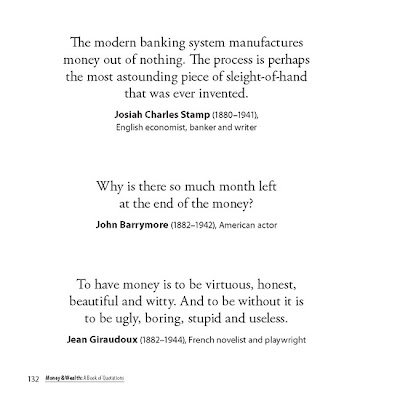 Should a woman who inherits a $43-million UBS account, sheltered years earlier by her husband, receive leniency from Uncle Sam?
Should a woman who inherits a $43-million UBS account, sheltered years earlier by her husband, receive leniency from Uncle Sam?Would your answer differ if the widow were age 49 instead of 79?
Would you be influenced by her failure – more likely, her advisers' failure – to disclose her inheritance to Uncle Sam until 2009, when a list of owners of UBS shelters went public?
Mary Estelle Curran has served a prison term most tax evaders can only dream of: five seconds probation. She also may be the only 79-year-old Palm Beach multimillionaire to be described as a "homemaker."
 Despite this setback, Uncle Sam's attempts to crack down on offshore shelters are expected to continue. In January Wegelin, Switzerland's oldest private bank, went out of business after pleading guilty to helping more than 100 Americans shelter more than $1.2 billion.
Despite this setback, Uncle Sam's attempts to crack down on offshore shelters are expected to continue. In January Wegelin, Switzerland's oldest private bank, went out of business after pleading guilty to helping more than 100 Americans shelter more than $1.2 billion.















